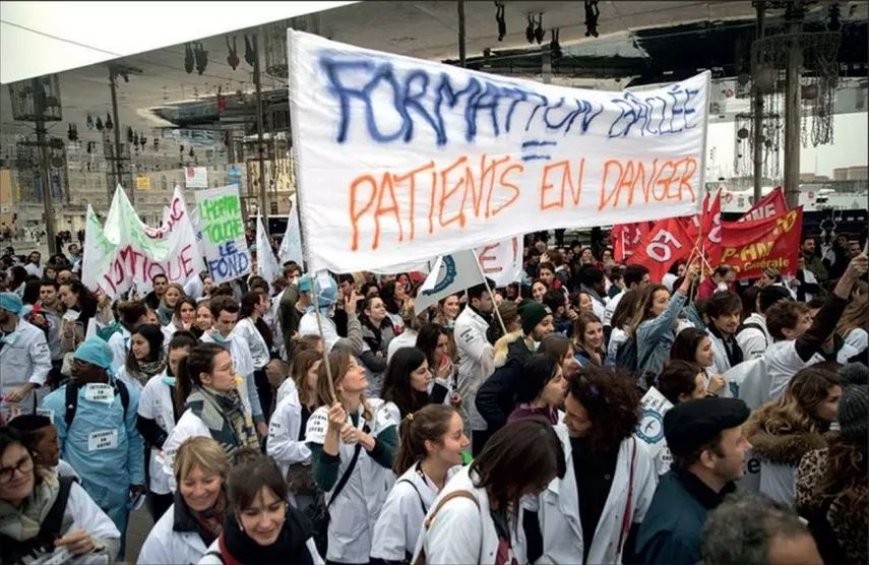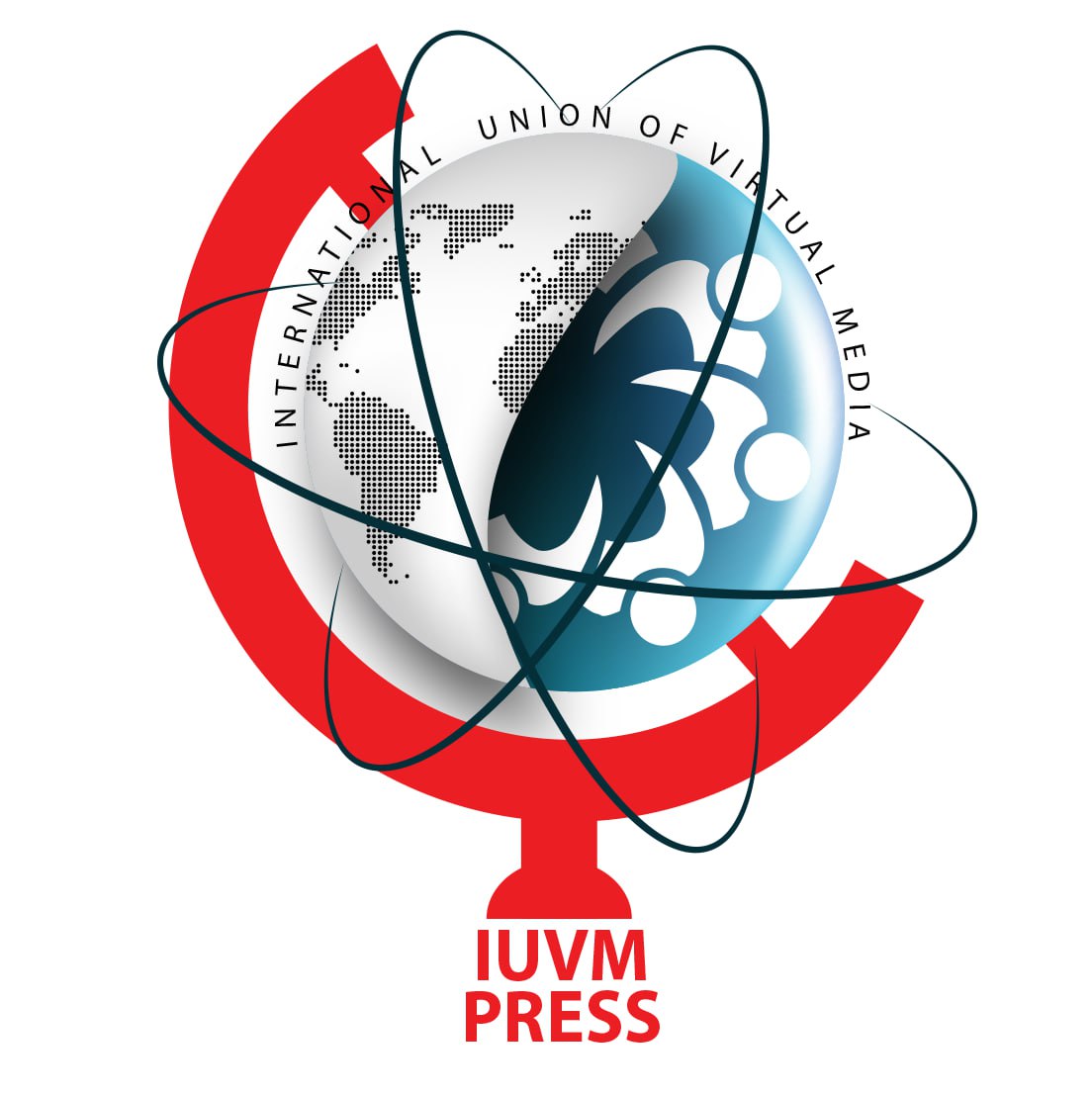When Doctors Disappear: The Silent Crisis Undermining France’s Social Order
For decades, France's healthcare system has faced a hidden but deepening crisis: the erosion of its medical workforce. From the 1970s to 2019, a law known as the “Numerus Clausus” capped the number of students advancing to the second year of medical school. This policy steadily restricted the pipeline into the profession, resulting in an 8% drop in physician density between 2012 and 2022. The "My Health 2022" plan gradually abolished this cap, and the number of admissions is set to double by 2027. However, due to the lengthy nature of medical training, the effects of these reforms will take years to materialize.

In recent years, a growing doctor shortage in France—fueled by restrictive education policies, demographic changes, new work-life trends, and physician migration (especially the influx of foreign doctors)—has evolved into a major crisis for the French healthcare system. In response, the government has launched several initiatives: increasing medical school intake, imposing fines for missed appointments, and expanding the roles of other healthcare professionals. Still, the unequal distribution of doctors between urban and rural areas remains a critical challenge. If this trajectory continues, the shortage of doctors and medical services will escalate—posing a serious threat to France’s political and social stability.
For decades, France's healthcare system has faced a hidden but deepening crisis: the erosion of its medical workforce. From the 1970s to 2019, a law known as the “Numerus Clausus” capped the number of students advancing to the second year of medical school. This policy steadily restricted the pipeline into the profession, resulting in an 8% drop in physician density between 2012 and 2022. The "My Health 2022" plan gradually abolished this cap, and the number of admissions is set to double by 2027. However, due to the lengthy nature of medical training, the effects of these reforms will take years to materialize.
Meanwhile, France’s population is aging rapidly, driving up demand for healthcare. Nearly one-third of the country’s general practitioners are over 60 and nearing retirement. At the same time, the new generation of doctors is prioritizing work-life balance and choosing to work fewer hours. The consequences are already visible: long waits and a lack of accessible GPs in many towns and villages.
To bridge the gap, over 3,800 foreign-trained doctors from outside the EU passed the EVC medical validation exam and joined the French healthcare system in 2024. However, most of them gravitate toward urban centers, leaving rural and small-town regions still underserved.
Moreover, reports suggest that job insecurity and social discrimination—particularly against doctors of North African descent—have driven some to leave France altogether, either returning to their countries of origin or seeking better prospects elsewhere in Europe. This reverse migration adds pressure to underserved areas, highlighting that simply recruiting foreign doctors cannot resolve the deeper structural problems.
As part of the “My Health 2022” plan, the government aims to double the annual intake of medical students to 12,000 by 2027. While this increase is necessary to make up for past restrictions, it requires parallel investment in educational and hospital infrastructure. Maintaining training quality and producing skilled doctors is vital to avoid overwhelming the system.
Another governmental measure to improve efficiency is a €5 fine for patients who miss appointments without prior notice. The goal is to free up as many as 20 million medical slots annually and prevent the waste of healthcare resources. Yet critics warn this fine could disproportionately burden low-income and vulnerable populations, worsening inequalities in healthcare access. Experiences from countries with similar policies suggest that without exemptions and social safety nets, disadvantaged groups may avoid visiting the doctor altogether—potentially worsening their health.
In addition, a new “Healthcare System Reform and Transformation” law has expanded the authority of physician assistants, nurses, and pharmacists to prescribe certain medications and deliver primary care. This is designed to ease the workload of GPs and speed up services. Still, some doctors fear that poorly defined roles and insufficient specialized training could compromise care quality. At the same time, training programs are being rolled out to prepare nurses and midwives to manage chronic conditions like diabetes and hypertension, aiming to reduce unnecessary GP visits.
Currently, the density of doctors in rural areas stands at just 1.5 per 1,000 people, compared to 3.2 in urban zones—a striking disparity. Around 30% of France’s population now lives in areas where access to healthcare is significantly limited due to doctor shortages. This figure was 17% in 2018 and continues to rise at an alarming rate. If current trends persist, projections show a 20% rise in general practitioner shortages by 2030, with growing impacts in even more regions.
Without long-term strategies to ensure fair distribution of medical personnel and improve working conditions, the French healthcare system faces a loss of public trust and rising professional discontent. This could ultimately fuel broad social and political unrest, jeopardizing France’s political and societal cohesion. In the end, unless coordinated and comprehensive policies are enacted to reform education, ease working conditions, and guarantee equity in healthcare resource distribution, the stability of France’s current political and social order will be seriously at risk.
Translated by Ashraf Hemmati













































